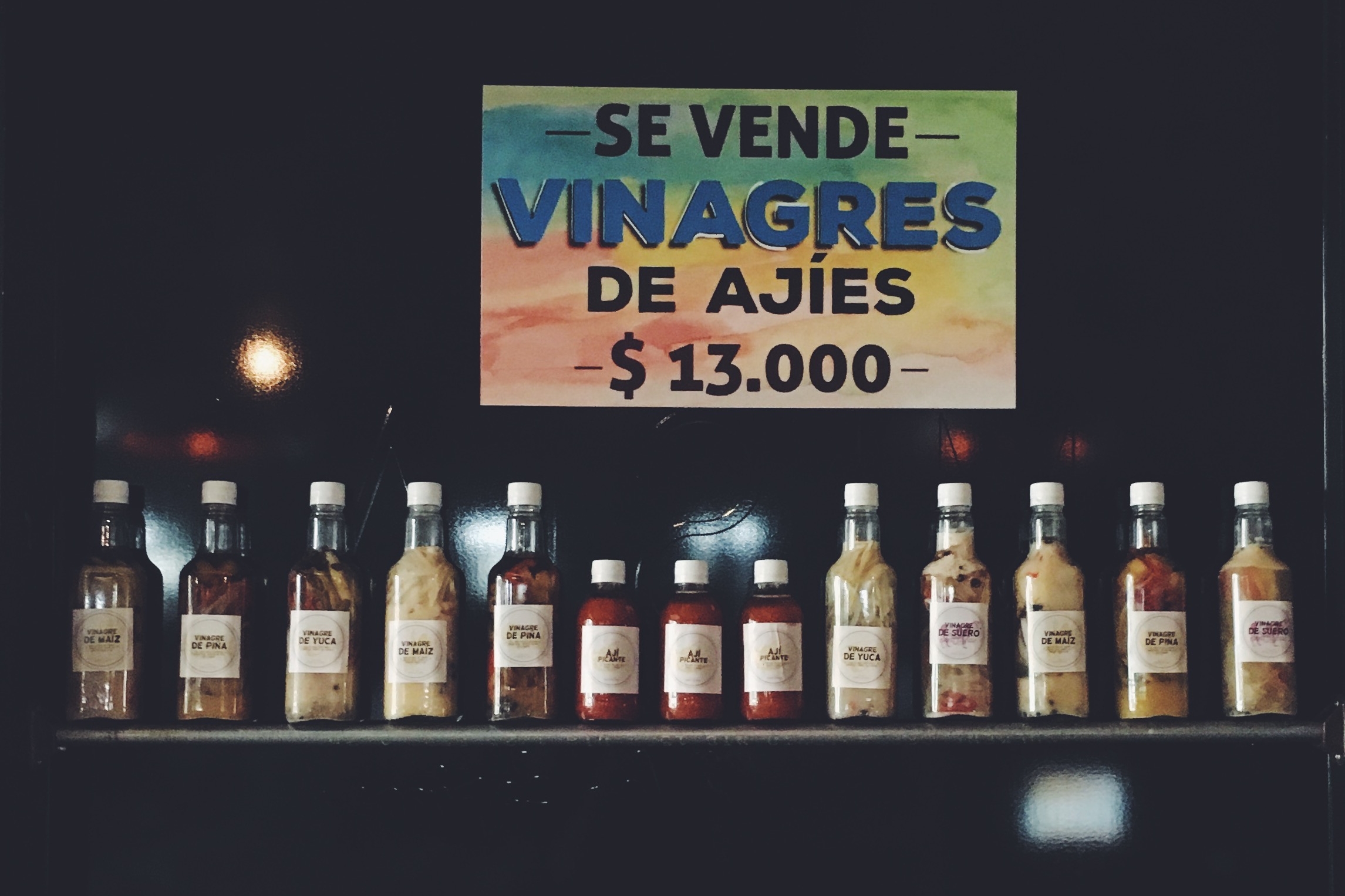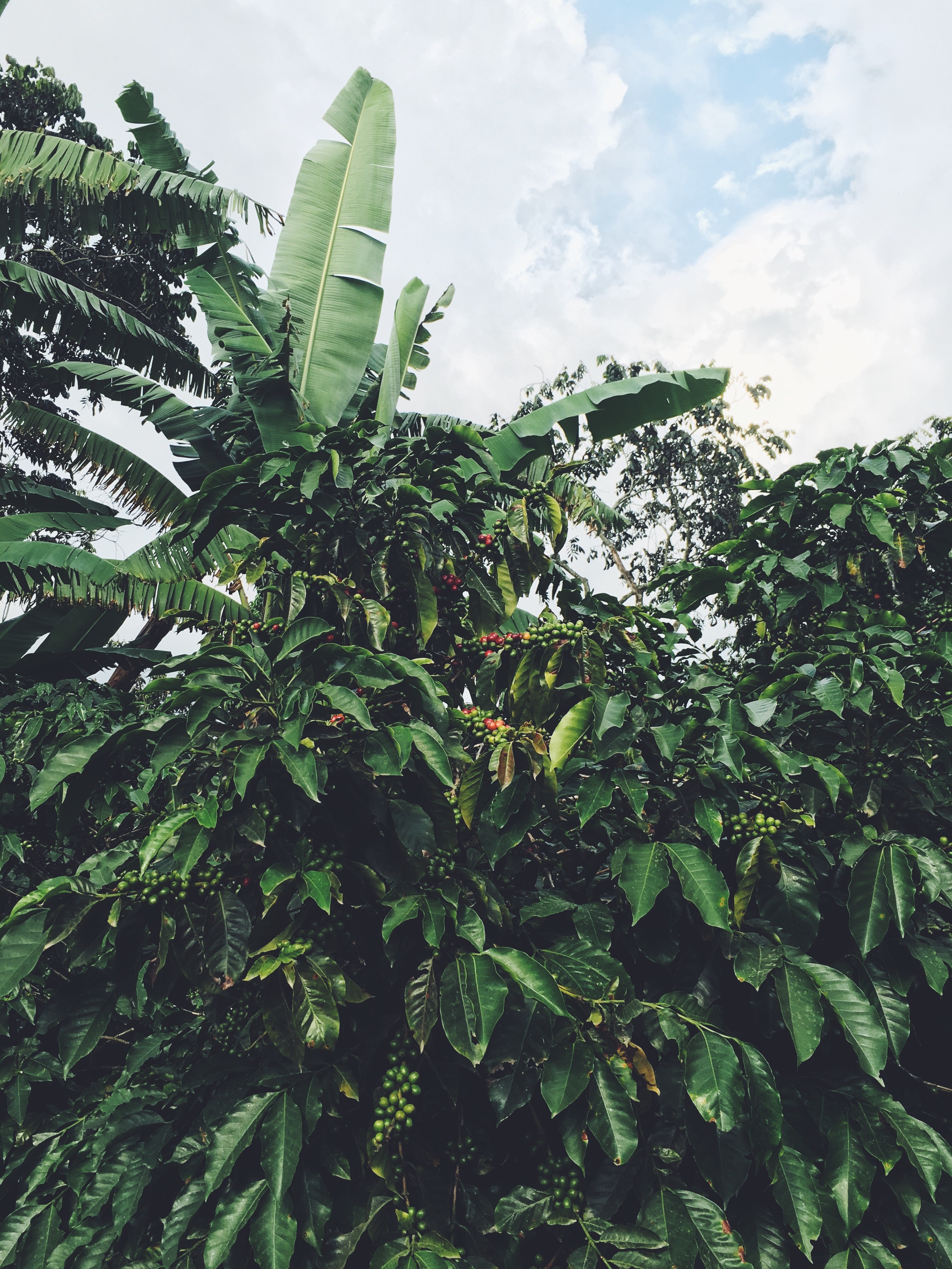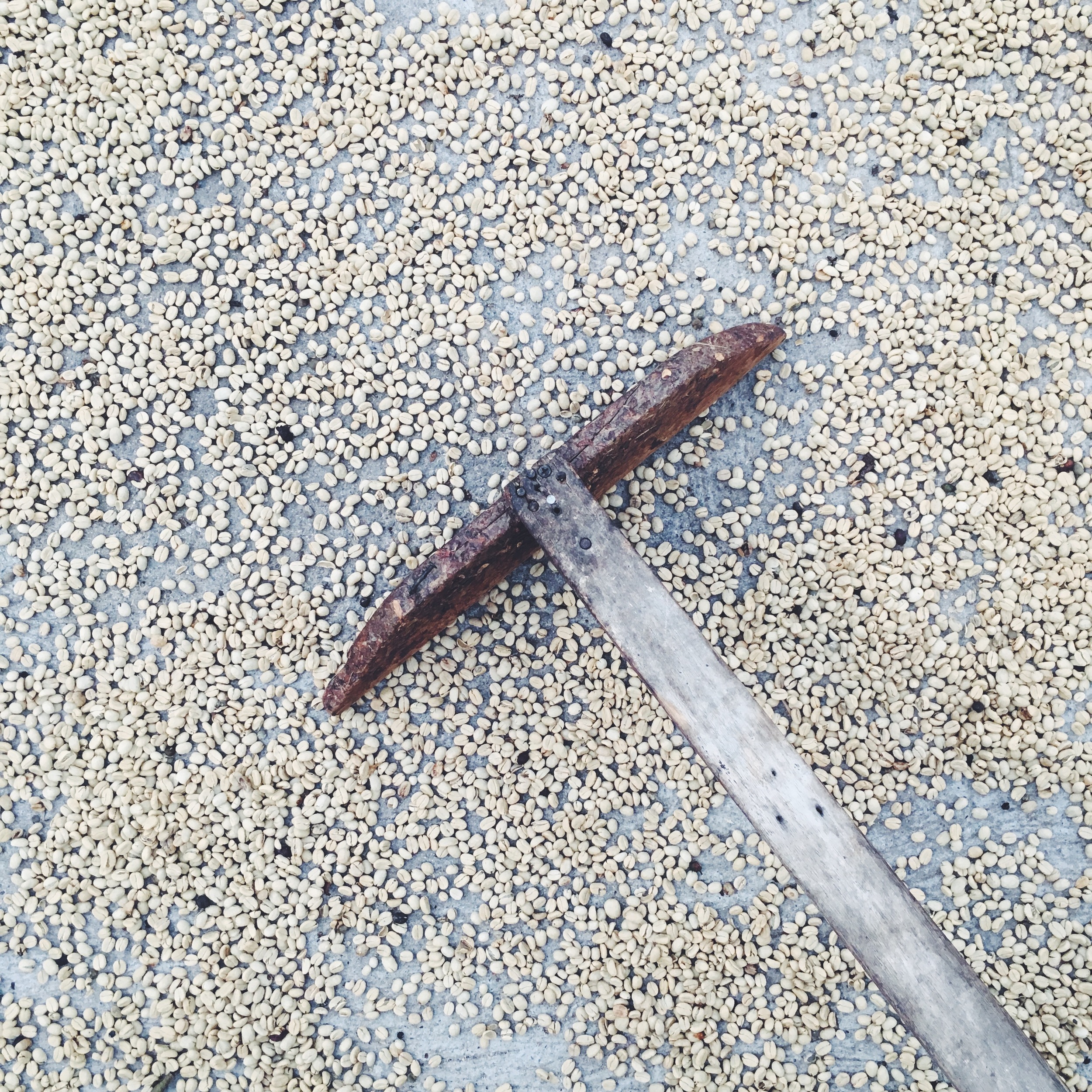Authentic, everyday Colombian food with a focus on local ingredients is what Misia is all about. A great spot for all day brunch in Chapinero. Like most traditional Colombian breakfasts, their combos start with a fruit plate followed by a hearty combo of arepas and eggs.
Make sure to ask about their house made ajis, a variety of pickled roots and veggies. You can buy a bottle of your favorite right there in the restaurant.
Misia · Bogotá · Website · Directions






































